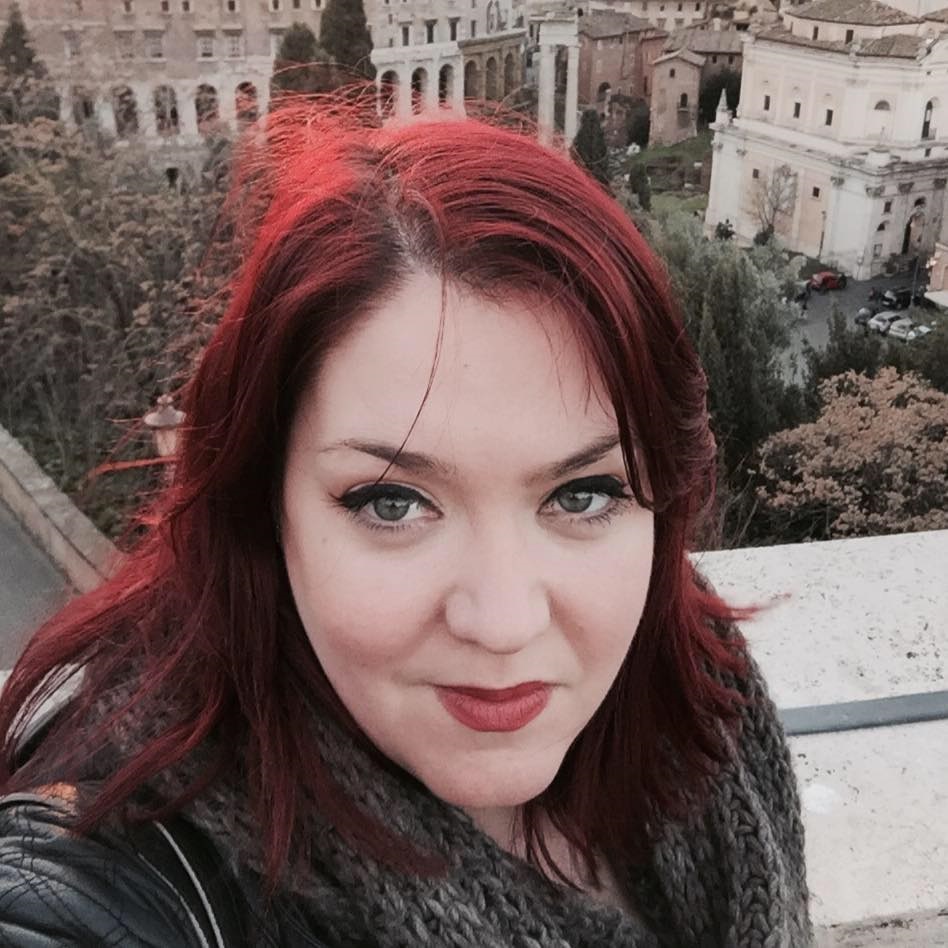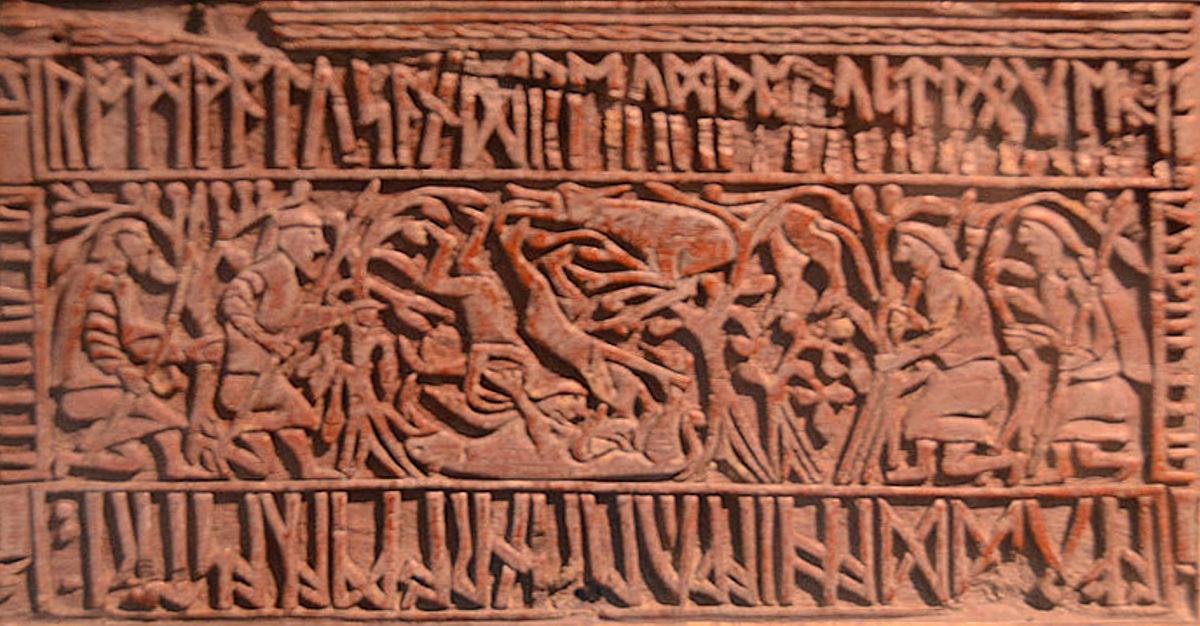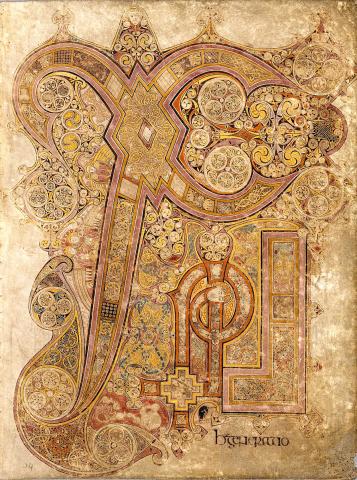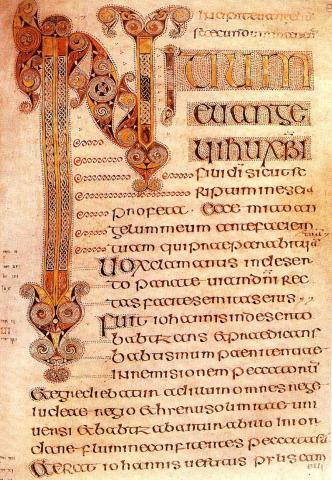Learn more about this, often overlooked, "British" art form that influenced Europe
Insular Art, was produced in the post-Roman era of Great Britain and Ireland. The term derives from insula, Latin for "island"; in this period Britain and Ireland shared a common style, different from that of the rest of Europe.
Originating from the Irish monastic movement, the period begins around 600AD, with the combining of Celtic and Anglo-Saxon styles. One major distinctive feature is the interlace stonework decoration we all recognise, and also applied to decorating jewellery and books.
The finest period of the style was interrupted by the disruption to monastic centres and aristocratic life caused by the Viking raids on eastern England which began in the late 8th century. In Ireland the style continued until the 12th century and along with Scotland and the kingdom of Northumberland being the most important centres. The influence of Insular Art affected all subsequent European medieval art, especially in the decorative elements of Romanesque and Gothic manuscripts.
Our expert lecturer, Dr. Meg Boulton takes us through the development of this unique, often overlooked artform She says “Many of the stone sculptures of the Insular World were originally painted. This lecture looks at these carved stones alongside the painted pages of Insular manuscripts (including the Book of Durrow, the Lindisfarne Gospels, and the Codex Amiatinus) asking what these painted surfaces brought to the art of early Church.”
Illustrations below: Franks Casket - Northumberland, The book of Kells - Scotland, The Book of Durrow - Ireland
Please note that our AGM will take place prior to this lecture from 1:30pm.
How to book this event:
For our Members,access is free of charge for attending in person or online via Zoom
Visitors are always welcome. Coming in person, arrive before 1.30pm, sign in and pay £11 Visitors are also welcome online to view the lecture live via our Zoom broadcast. Just email secretaryhambleton@theartssociety.org and you will be sent an email with details of how to pay online and automatically receive the links. You do not need a Zoom account and if unfamiliar with Zoom please read our guide Click HERE Price is £11 per lecture and a 50% discount to £5.50 if you are a member of another Arts Society
THE ARTS SOCIETY ACCREDITED LECTURER

Dr Meg Boulton
Meg Boulton completed her AHRC funded PhD at the University of York in 2013, specialising in the Art and Architecture of the Anglo-Saxon World. Her doctoral research looked at the conceptualisation, construction and depiction of sacred space in the early medieval period but wider interests span the Medieval to the Post-Modern, with an emphasis on space and surface - from Anglo-Saxon stone, to Inuit Sculpture, to television adaptations of Agatha Christie's novels. She is currently a Teaching Fellow at the University of Edinburgh; with recent positions at Leeds, York and Oxford in the areas of Art and Architectural History, Visual Culture and Museum Studies.
OTHER EVENTS
All about gardens - their history, as an art form, and the ancient art of plant medicine now backed by science






